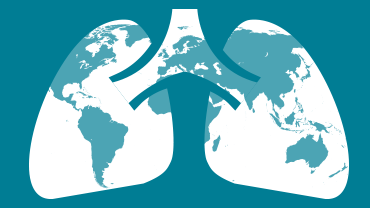Tuberculosis surveillance and monitoring in Europe 2020 –2018 data
This report provides an overview of the latest TB epidemiological situation and is published jointly by the WHO Regional Office for Europe and the European Centre for Disease Prevention and Control (ECDC).
Executive summary
European Union and European Economic Area countries
Epidemiology and treatment outcome
In 2018, 52 862 cases of tuberculosis TB were reported in 30 European Union and European Economic Area (EU/EEA) countries (Latvia did not report any case-based data), resulting in a notification rate of 10.2 per 100 000 population in the EU/EEA. The overall notification rate and the rates in most countries have been decreasing over the last five years.
Of all notified TB cases, 40 625 (76.9%) were newly diagnosed and 36 047 (68.2%) were confirmed by culture, or smear and nucleic acid amplification test. Overall, adult age groups had a higher new and relapse TB notification rate than children under 15 years. Children under 15 years accounted for 4.0% of all new and relapse TB cases, corresponding to a notification rate of 2.5 per 100 000 population.The highest rates among those aged 0–4-years were reported in Portugal, Romania, Slovakia and Spain (Table 9). For every female new and relapsed case of TB in the EU/EEA, two male new and relapsed cases were reported. Thirty-five per cent of all TB cases reported in the EU/EEA were of foreign origin, but, with the exception of Malta, less than 25% of TB cases from countries with TB notification rates higher than 10 per 100 000 population were reported as being of foreign origin.
Of 26 881 cases with the relevant DST results, 999 (3.7%) had MDR TB; the highest percentage (more than 10%) of MDR TB cases were reported from Estonia and Lithuania. XDR TB was reported for 19.6% of 808 MDR TB cases tested for second-line drug susceptibility. After remaining at 0.3 per 100 000 population from 2014 to 2016, the rate of notified MDR TB cases decreased to 0.2 in 2017 and remained the same in 2018 (Table VII). Between 2014 and 2017, resistance to second-line anti-TB drugs among pulmonary
MDR TB cases increased from 19.7% to 23.5%, before decreasing to 20.4% in 2018 (Table VIII). Over 55% of these pulmonary XDR TB cases were reported from Lithuania and Romania.
Even though in 2018 the number of countries reporting data on HIV coinfection, (which had increased between 2016 and 2017) decreased, the data remain incomplete. Of all TB cases with reported HIV status, 4.2% were coinfected with the virus. TB in prisons remains poorly reported; for the 17 EU/EEA countries reporting data, the notification rate amounted to 217 new and relapse TB cases per 100 000 inmates, that is, a relative risk of 14.7 compared to the general population in the same countries. Of all 55 337 TB cases notified in 2017 with a treatment outcome reported in 2018, 67.6% were treated successfully and 6.9% died. Of 1 182 MDR TB cases notified in 2016 with a treatment outcome reported in 2018, 49.9% were treated successfully and 15.7% died.
Download

Press release
Despite 4% decline in EU/EEA TB cases, challenges remain in achieving targets
A joint ECDC – WHO report released today shows an overall decline of 4% in the number of notified tuberculosis cases between 2014 and 2018 in the EU/EEA countries.
Publication data
Presentation
Presentation: Tuberculosis situation in the EU/EEA, 2018
Findings from the joint report Tuberculosis surveillance and monitoring in Europe by ECDC and WHO Regional Office for Europe.







